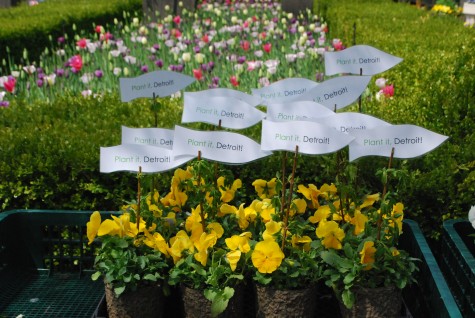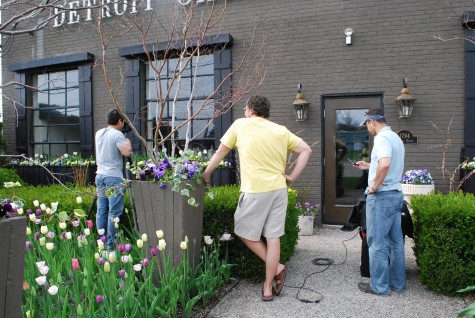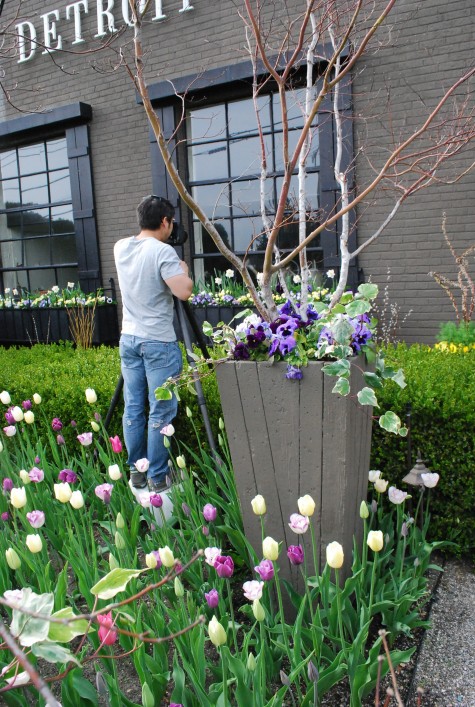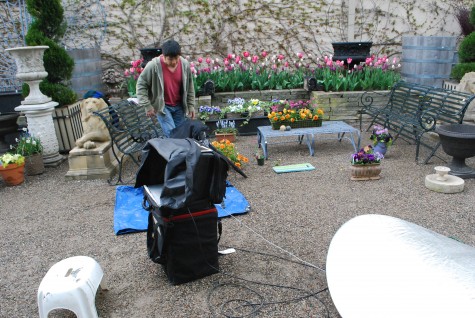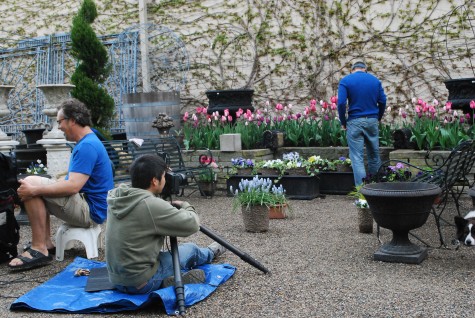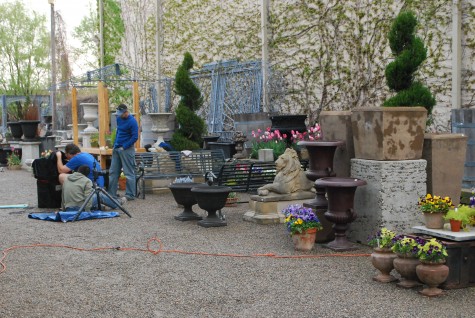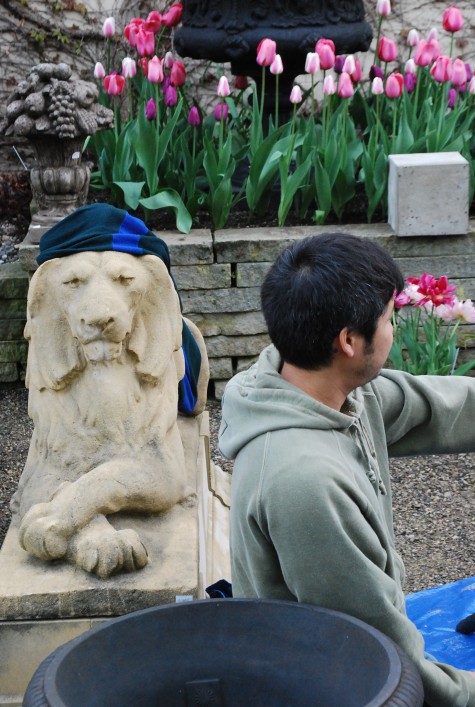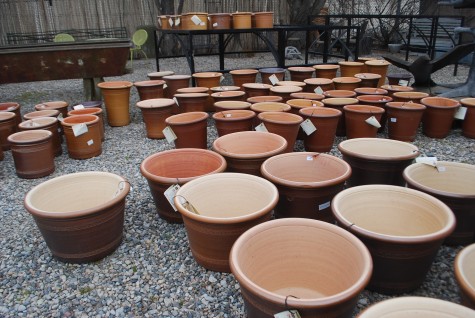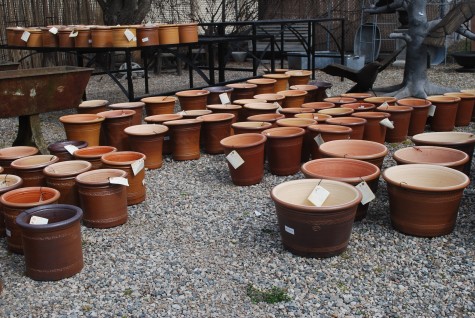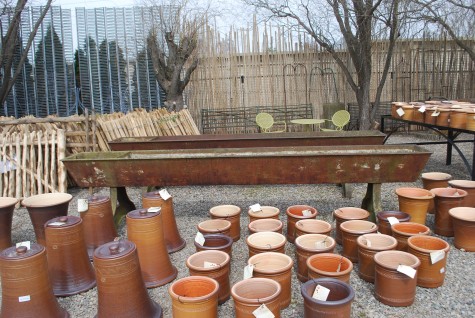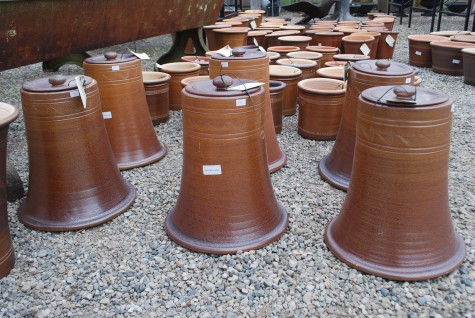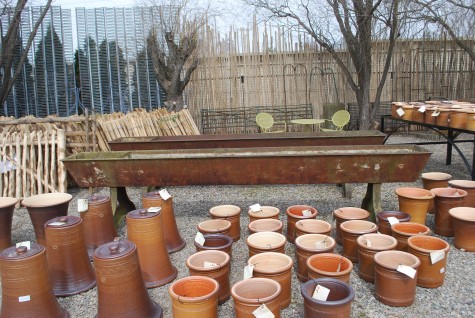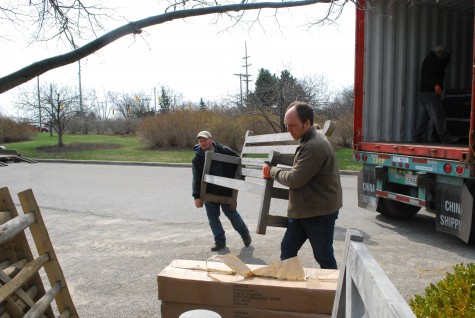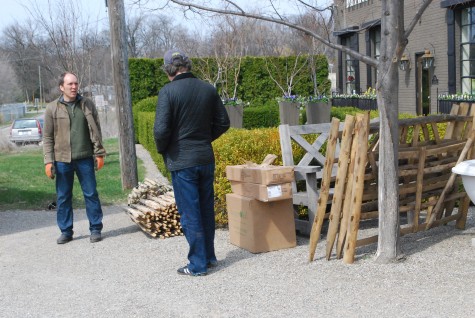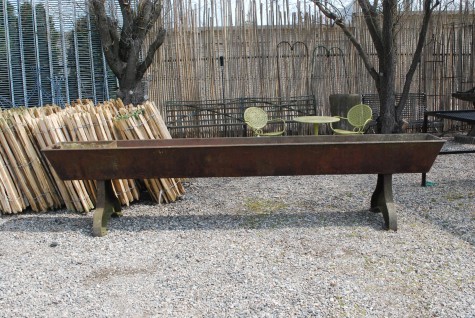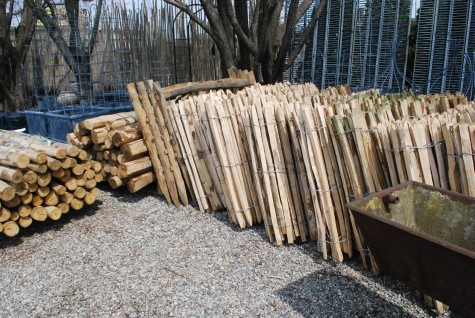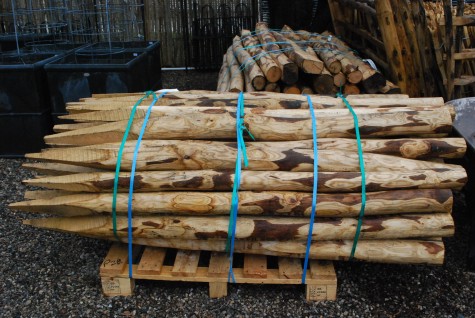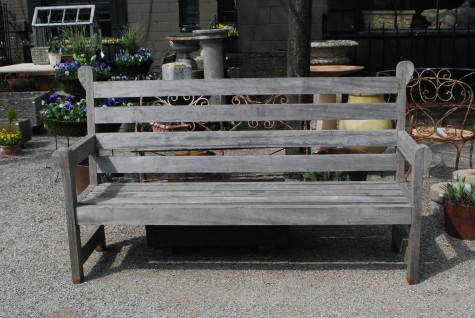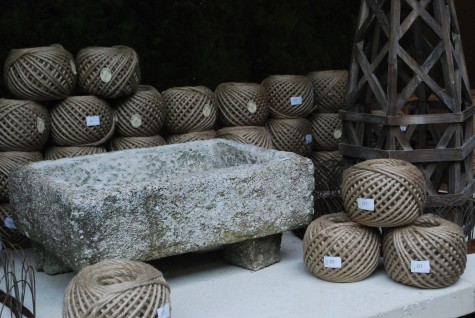I sit on the board of the Greening of Detroit, although I never attend the commissioner’s meetings. Meetings are not my long suit. I am much better in some other capacity. My main contribution-I sponsor a garden tour every July to benefit the Greening. Every dollar we take in from the sale of tickets goes to benefit their programs. Sometimes I teach classes at the Eastern market. I help however I can.
But back to the Greening-they have been planting trees, sponsoring urban farms, and teaching people how to grow in Detroit for the past 21 years. They have been committed to the improvement of my city for a very long time. Each and every one of them-friendly, engaging and focused. I admire, and stand behind their misson, and their record. Last week-a fund raiser dinner. Every year Monica manages to persuade me to do the flowers-in early May, for Pete’s sake. I protest, and then I do what I should do-help them. This year- 26 fiber pots stuffed with pansies-each with their own banner. Plant it, Detroit.
